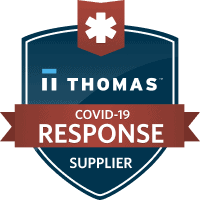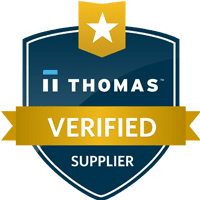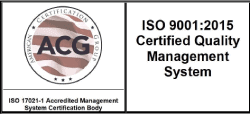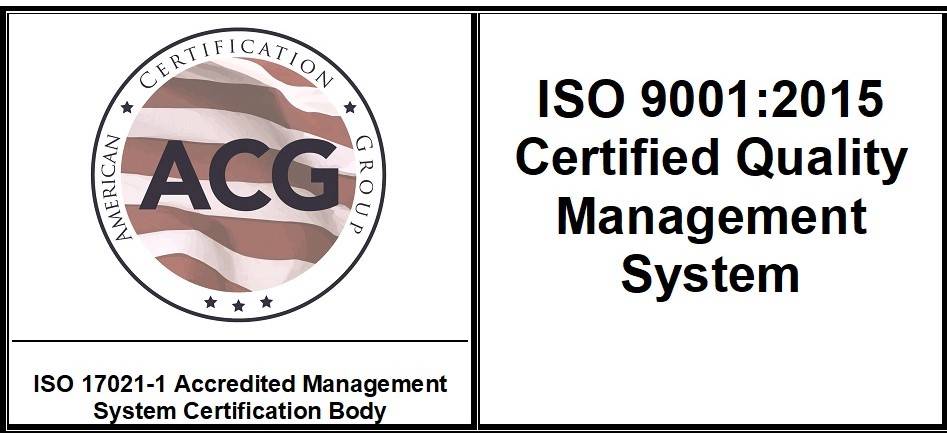
Click to Enlarge
Injection molding and thermoforming are two of the most common techniques used to create cost-effective plastic components.
Injection molding uses high pressure to force molten thermoplastics into detailed cavity molds. Since each cycle can fill many molds, injection molding is extremely efficient, and its results are both precise and repeatable. Thermoforming also uses heat and pressure to mold plastic. However, it begins with a solid sheet of thermoplastic, which conforms to a molded tool when pressure is applied. While it has a low start-up cost, thermoforming lacks some of the benefits of injection molding.
This article explores the advantages of each process to help you make the optimal choice for your next thermoplastics project.
The cost differences between thermoforming and injection molding are largely due to differences in tooling costs. The molds used for thermoforming tend to be less complex, and because the process uses lower pressure levels, they can be made from more affordable materials. Together, these factors mean that thermoforming tend to require a lower initial investment than injection molding.
At the same time, while injection molding requires more money up-front, the tooling is extremely durable and can be reused across multiple high-volume runs. The same is not true of thermoforming molds, which will need to be remade after a certain amount of wear. This means that injection molding is often more affordable in the long term, especially for clients with high-volume requirements.
Differences in tooling similarly affect the lead time for thermoforming and injection molding. Due to their higher complexity, injection molds typically take longer to create than thermoforming dies. It is not uncommon for injection molds to require a prolonged design and prototyping phase before production begins.
The first time you order injection-molded components, the lead time will likely be longer than if you had chosen thermoforming. However, injection molding is also known for its high-efficiency thanks to multi-cavity molds and the potential for automation. This means that, after the first run, lead times become much more favorable for injection molding.
When considering injection molding vs. thermoforming, it is important to consider how the methods' advantages relate to your project parameters.
Thermoforming's key advantages include:
In general, thermoforming is preferable to injection molding for large parts, or for simple designs at low production volumes. If the product has complex features, or if you need more than 3,000 pieces, injection molding is likely the better option. Still, thermoforming is a fast and cost-effective choice for many components, including:
There is some overlap in the range of projects that can be accomplished with thermoforming and injection molding. However, the chief advantages of injection molding benefit a different set of products. These strengths include:
Based on these advantages, injection molding is best used for small or complex parts, or those requiring tight tolerances. It is also the better option for large or recurring orders. Typical applications include:
Injection molding and thermoforming are both effective, versatile techniques with many advantages. There is no single best choice that suits all projects. Instead, you should consider project parameters and constraints to identify the best option.
If your project involves small elements, complicated features, or high volumes, injection molding may be the right fit for you. As an ISO 9001:2015-certified manufacturer, Advanced Prototype offers reliable injection molding services, including options for urethane castings and RTV molds. To learn more, contact us or request a quote today.



ADVANCED PROTOTYPE MOLDING
1520 N Old Rand Road Wauconda, IL 60084
Tel: 847-202-4200
Fax: 847-202-4270
sales@advancedprototype.com

ADVANCED PROTOTYPE MOLDING
1520 N Old Rand Road Wauconda, IL 60084
Tel: 847-202-4200
Fax: 847-202-4270
sales@advancedprototype.com